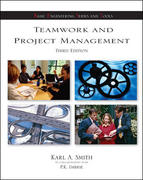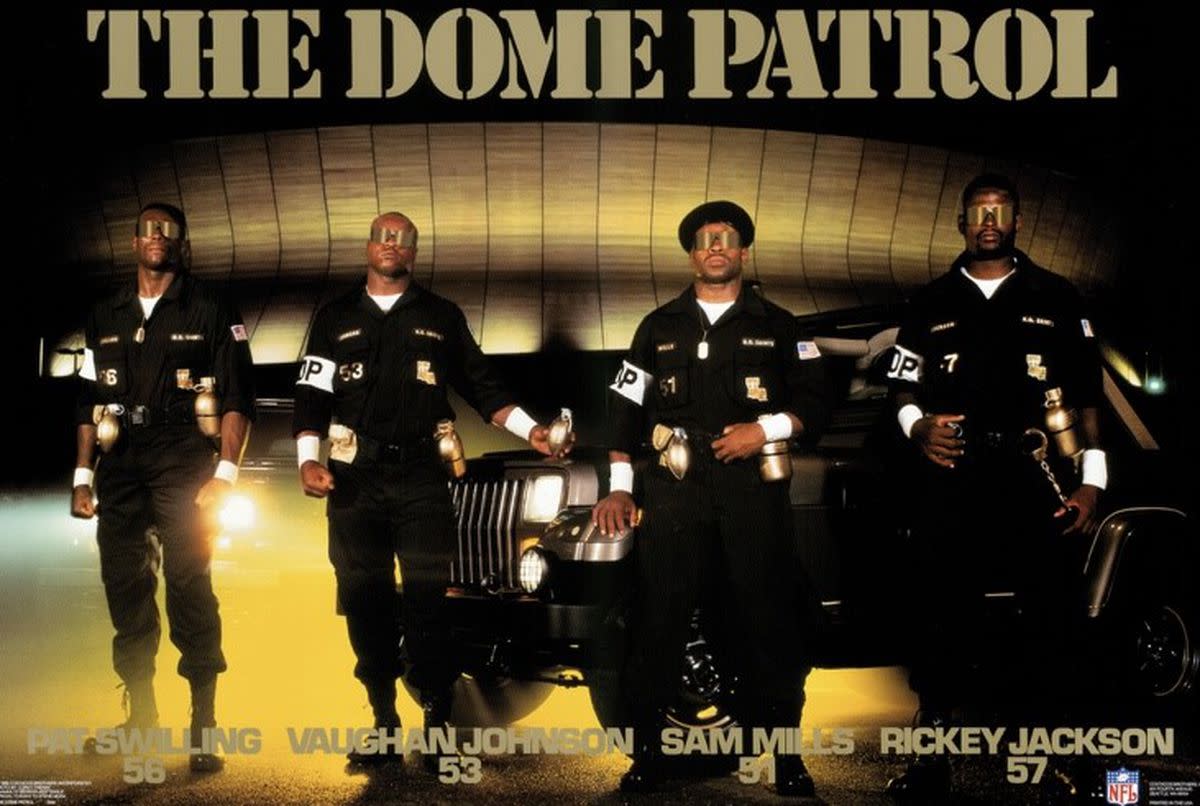Being a Teamplayer
Teamwork and project management. (3rd ed.)

Buy the Textbook!
Interview Tips - "Are you a team player?"
What is a Teamplayer?
I think it is important to understand what a team is before one can understand what the characteristics of a team should be. “A Team is a set of interpersonal interactions structured to achieve established goals. More specifically a team consists of two or more individuals who (a) are aware of their positive interdependence as they strive too achieve mutual goals, (b) interact while they do so, (c) are aware of who is and who is not a member of the team, (d) have specific roles or functions to perform, and (e) have a limited life span of membership. (Johnson & Johnson, 2009, Pg’s 526-527)
Some of the characteristics of a team as described by (Smith, 2007) are:
- Positive interdependence. The team members’ will focus on a common goal or a single project.
- Individual and group accountability. Each person takes responsibility for her or his own work and the overall work of the team.
- Promotive interaction. The members do real work, usually face to face.
- Teamwork skills. Each member has the skills for and practices effective communication (especially careful listening), decision making, problem solving, conflict management, and leadership.
- Group processing. The team periodically reflects on how well the team is working, celebrates the things that are going well, and corrects the things that are not.” (Pg. 30)
More Information on Project Management
As a manager, one can promote these team characteristics by
requiring every team member to attend all scheduled team meetings, requiring each member to report their role responsibilities and how their success or failure will impact the other team members. Each member should be required to address any critical path issues which could throw the teams goals off. During the course of the project each team member should take the lead role promoting shared leadership roles. When conflict occurs the manager should mediate the team members until the conflict is resolved or it gets to an irresolvable level and is stopped. .The manager should set up a short brainstorming session during each meeting so the team members can experience the process of continuous improvement, and the manager should seek out and tell the team good news, recognizing individual contributions and celebrate the individual and combined accomplishments of the team.
References:
Johnson, D.W., & Johnson, F.P. (2009). Joining together: Group theory and group skills (10th ed.). New York: Pearson/Allyn and Bacon. ISBN: 9780536078001
Smith, K. (2007). Teamwork and project management (3rd ed.). Boston/>, MA/>/>: McGraw Hill. ISBN: 9780073103679.
A Final Word
I hope you found this article informative and content rich. Please feel free to leave your comments and share your own observations. Send me an email if you have a request on a topic of interest or just to say Hello! It’s FREE to join my Fan club, Subscribe by Email, my RSS Feed, or simply join me here on Hub pages with a click of your mouse.
Article(C)2009 - 2010 cluense, all rights reserved. Cluense creates articles and posts online. She creates articles on, accounting, entrepreneur, political issues, small business, society, relationships, taxes, work from home businesses, and Tutorials. She also has a strong passion for writing










